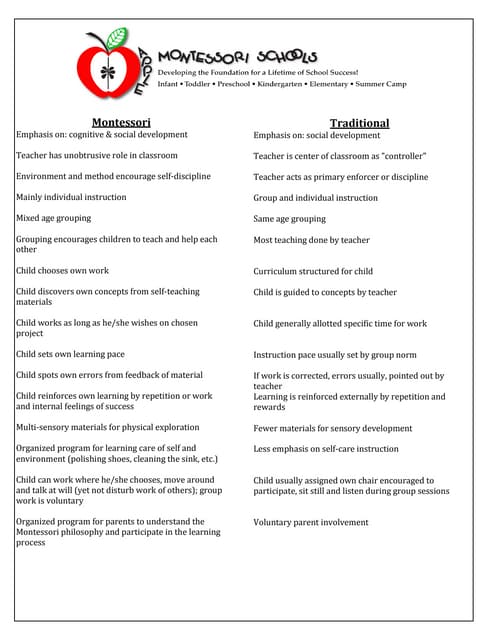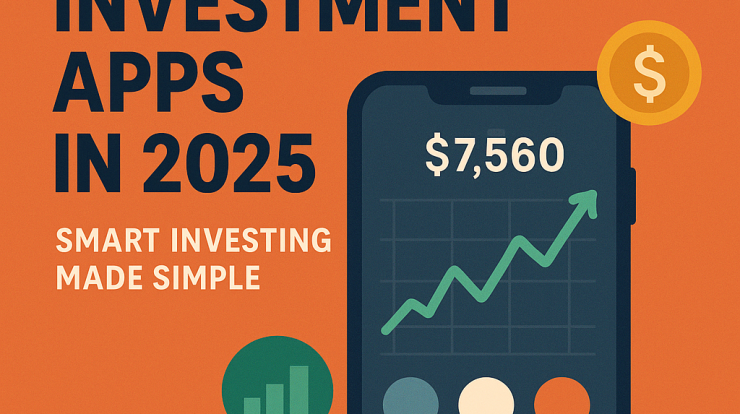
Choosing between e-learning and traditional schools is a big decision! It’s like picking between a cozy armchair and a vibrant playground. Both have their unique benefits and challenges, and the ideal choice depends on your specific situation and objectives.
Imagine this: You’re a student with a busy schedule, and traditional schooling just isn’t cutting it. Or perhaps you crave the flexibility to learn at your own pace, a method that really suits your learning style. That’s where e-learning enters the picture.
Traditional schools offer a structured learning environment. Think of it like a well-organized team, where teachers are the coaches, students are the teammates, and the classroom is the field. You have structured lesson plans, set schedules, and opportunities for face-to-face interaction with peers and instructors.
We have to acknowledge that e-learning offers an unparalleled degree of flexibility. Picture yourself learning from anywhere in the world, at any time, and at your own pace. It is like having your own personal tutor—a tutor who adapts to your style and needs.
Now, what about the social facet? In traditional schools, you build connections with people who share similar interests, creating lasting bonds and learning from the experiences of others. This is like being a part of a vibrant community of learners.
Related Post : The Ultimate Guide to Choosing a High-Paying College Major
E-learning offers opportunities for connecting, too. It’s like having a vast digital library of peers and experts, often with unique perspectives. While it lacks the spontaneous, in-person interactions of a traditional school, it can foster varied types of connections.
But, think about practical, hands-on learning. Traditional schools often excel in subjects like laboratory sciences, technical trades, or performing arts where practical experience is crucial. E-learning, on the other hand, frequently struggles with simulating such experiences
Cost is another major consideration. Traditional schools often include mandatory fees, while e-learning courses might offer more affordable options, depending on the offerr. This can create a significant difference in the long run.
Ultimately, the “better” choice depends on your own priorities and needs. Do you value structure, in-person interaction, and a structured schedule? Then traditional schooling could be a good fit. Or, perhaps you thrive in flexibility, personalized learning, and self-direction? E-learning could be a better option.
We can’t deny that both approaches have their strengths and weaknesses. Choosing the right path is crucial to a student’s achievement and satisfaction in their educational journey. It’s a personal choice that involves considering your learning style, budget, and desired outcomes.
We understand that you might have some querys about e-learning vs. traditional schools. Here are a few FAQs:
Q: Which is more affordable?
A: This often depends on the specific program and institution. Both have various cost structures that can vary significantly.
Q: Is e-learning suitable for all subjects?
A: E-learning is excellent for subjects that lend themselves to independent study, but might not be ideal for subjects demanding hands-on practical training.
Q: What about social interaction in e-learning?
A: While social interaction is varied in e-learning, it often fosters varied communication skills, especially in collaborative online environments.
In conclusion, both e-learning and traditional schools possess unique strengths and weaknesses. The optimal choice hinges on individual learning styles, personal circumstances, and desired outcomes. If you crave flexibility and self-paced learning, e-learning might be the way to go. But, if you value structured interaction and a more traditional learning environment, traditional schooling might be the better fit. Ultimately, the “better” option is the one that resonates most with you and helps you thrive.


